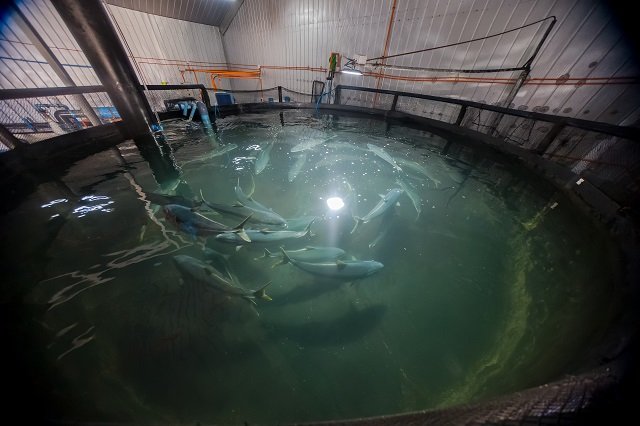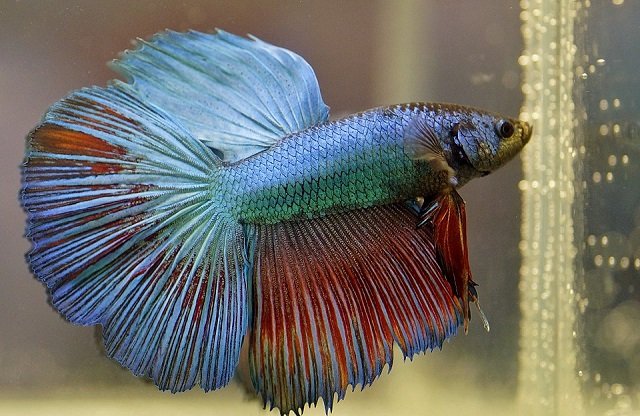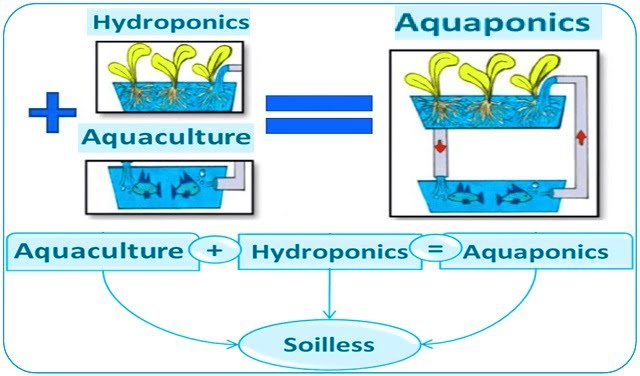
The high demand for “yellowtail kingfish”, “palometa” or “vidriola” (Seriola lalandi) is driving aquaculture development worldwide, particularly through the use of Recirculating Aquaculture Systems (RAS) to overcome environmental challenges. However, optimizing the production of this valuable species faces obstacles, notably the difficulties in managing reproduction due to natural mass spawning behaviors.
A study published by researchers from the University of Chile, Andrés Bello University, Catholic University of Temuco, and Infinite Sea GmbH explores how genomic selection (GS) can provide an effective and cost-efficient solution to improve harvest weight in S. lalandi farmed in RAS.
The Challenge: Breeding Seriola lalandi in RAS Mass Spawning Complexity
S. lalandi‘s natural mass spawning complicates traditional pedigree tracking, leading to unequal parental contributions and a higher risk of inbreeding, especially in RAS environments with limited populations. Need for Advanced Tools: Traditional selection methods struggle with these complexities, highlighting the need for genomic tools to manage pedigrees and effectively optimize breeding programs.
Genomic Selection: A Path towards Greater Profitability
Genomic Selection (GS) uses genetic marker data (such as SNPs, Single Nucleotide Polymorphisms) to estimate an animal’s genetic value more accurately than traditional methods, allowing for better selection decisions and controlled inbreeding. While well-established in species like salmonids, its application in marine fish like S. lalandi has been slower due to limited genomic resources.
Key Findings from the Chilean Seriola lalandi RAS Study
Researchers implemented GS to improve harvest weight in S. lalandi raised in RAS in northern Chile, leveraging newly developed genomic resources, including a reference genome and SNP genotyping arrays.
Harvest weight is heritable
The study confirmed significant genetic variation for harvest weight, with heritability estimates between 0.36 and 0.44, indicating good potential for genetic improvement through selection.
GS significantly increases accuracy
Genomic models (GBLUP and ssGBLUP) achieved prediction accuracies for breeding values exceeding 0.85, a substantial improvement over the 0.60 accuracy of traditional pedigree-based BLUP methods. This translates to 17% to 22% higher potential genetic gains compared to traditional approaches.
Cost-effective low-density panels work
Crucially, the study demonstrated that using much smaller, cost-effective low-density SNP panels (even with 274 carefully selected markers derived from genotyping-by-sequencing or GBS) maintained high prediction accuracy, with only a 5% to 7% reduction compared to using over 76,000 markers. This makes GS financially viable for commercial operations.
Stay Always Informed
Join our communities to instantly receive the most important news, reports, and analysis from the aquaculture industry.
Why do low-density panels work?
Higher linkage disequilibrium (markers remaining linked to genes over greater distances) in the progeny generation, the presence of direct parent-offspring relationships in the data, and the efficiency of the selected markers allow fewer SNPs to capture sufficient genetic information.
Harvest weight is polygenic
While many genes contribute small effects to harvest weight, the study identified significant SNPs near genes potentially involved in growth regulation (like PPP4C and CLN3) and metabolism (GAPDHS), offering new avenues for future research.
Implementing Efficient Breeding Programs for S. lalandi
The study provides a framework for practical and cost-effective breeding programs:
- Foundation: Start with a broad genetic base from diverse wild or fishery-derived stocks.
- Paternity testing is key: Use cost-effective GBS panels for routine parentage assignment. This is essential for managing genetic contributions (avoiding the overrepresentation of a few families) and controlling inbreeding, even in simpler programs.
- Multi-stage selection: Consider a staged approach: first select for early traits (e.g., post-larval growth) using GBS-derived pedigree data, followed by selection using genomic selection (GS) for primary goals like harvest weight, potentially integrating data across stages.
- Genomic selection: Implement GS using cost-effective low-density panels to maximize genetic gain for target traits like harvest weight, while managing inbreeding.
Conclusion
Genomic selection offers a powerful and, importantly, cost-effective strategy to significantly enhance genetic gain for crucial traits like harvest weight in Seriola lalandi farmed in RAS. By implementing GS, potentially using optimized low-density marker panels alongside essential paternity testing, the aquaculture industry can improve the efficiency and sustainability of producing this valuable species.
The study was partially funded by CORFO and FONDECYT.
Contact
V. Martinez
INBIOGEN, Department of Animal Production, Faculty of Veterinary Sciences, Universidad de Chile
Avda. Santa Rosa 11735, Santiago 8820808, Chile
Infinite Sea GmbH, August-Clüsserath-Weg
2D-66333 Völklingen, Germany
Email: vmartine@uchile.cl
Reference
Martinez, V., Hernandez, E., Dorner, J., Dantagnan, P., & Galarce, N. (2025). Application of genomic selection in species derived from fisheries of interest in aquaculture within RAS systems: The case of Seriola lalandi. Aquaculture, 742518. https://doi.org/10.1016/j.aquaculture.2025.742518
Editor at the digital magazine AquaHoy. He holds a degree in Aquaculture Biology from the National University of Santa (UNS) and a Master’s degree in Science and Innovation Management from the Polytechnic University of Valencia, with postgraduate diplomas in Business Innovation and Innovation Management. He possesses extensive experience in the aquaculture and fisheries sector, having led the Fisheries Innovation Unit of the National Program for Innovation in Fisheries and Aquaculture (PNIPA). He has served as a senior consultant in technology watch, an innovation project formulator and advisor, and a lecturer at UNS. He is a member of the Peruvian College of Biologists and was recognized by the World Aquaculture Society (WAS) in 2016 for his contribution to aquaculture.



